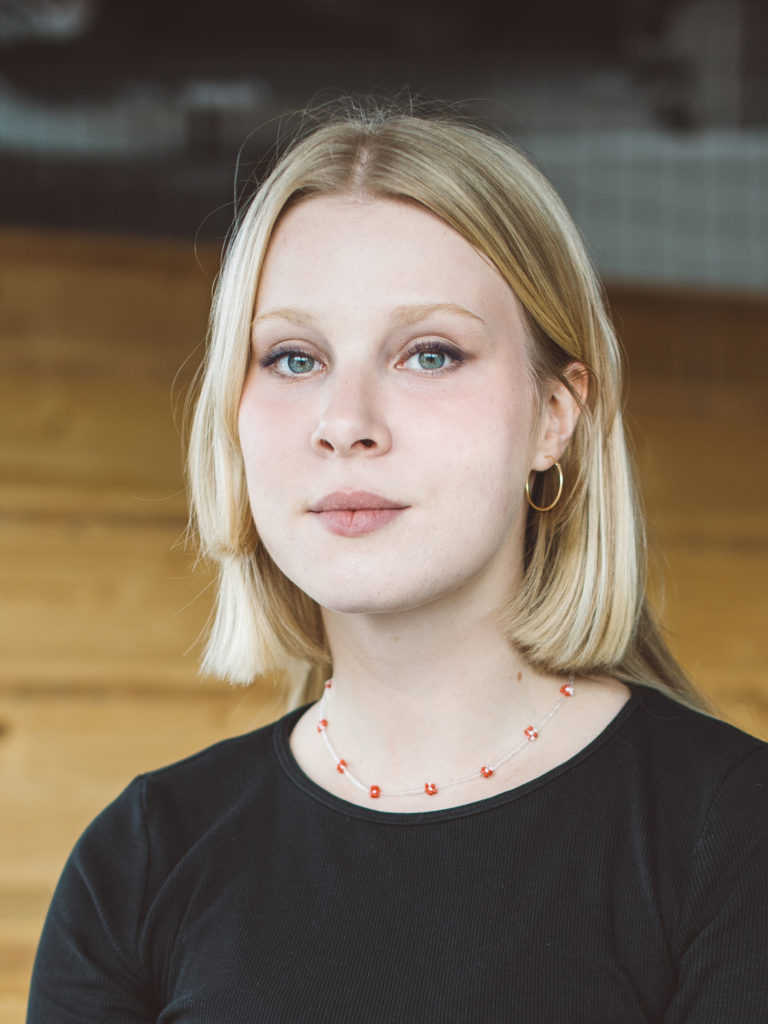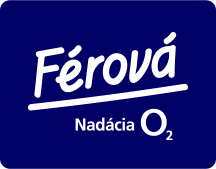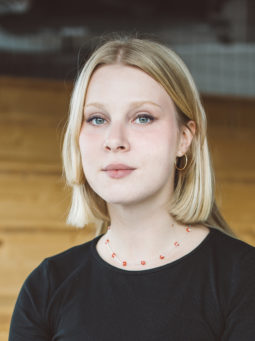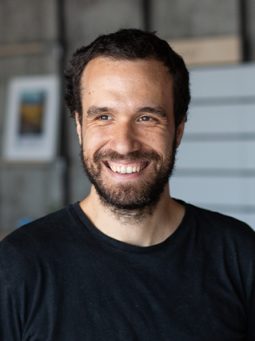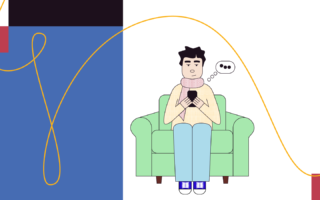Oliver in a disinformation bubble
The problem with online misinformation has been known for several years. However, in the last couple of years, since the outbreak of the COVID-19 pandemic, the situation in Slovakia has deteriorated significantly. Society is noticeably polarized and the spread of misinformation on social media affects everyday communication, discourse and events. However, people often do not understand the role that social media plays in this conflict.
The “Oliver in the Bubble” project was created to make this topic accessible through educational material in the form of a video and an animated website. The story details and explains how and why misinformation is spread on social networks and on the web in general.
The focus of Oliver’s story is on the technological aspect of the misinformation spread. The phenomenon of the spread of misinformation is explained by means of the main character who falls for misinformation on the Internet. The story is full of informative texts that point out the reasons why false content goes viral on the Internet. We wanted to point out that the situation was caused by an algorithm and thus relieve users from feeling guilty.
This project is also important because the language used when talking about new technologies, especially artificial intelligence and algorithms, is difficult to understand to ordinary web and social media users. Therefore, they are often unaware of how these technologies affect the content they consume on the web.
The story of Oliver shows how algorithms work and directly intervene in users’ lives without them noticing it. The story also explains the personalized advertising system as a source of revenue for social media platforms and the workings of personalized content. It describes the difference between social media and traditional media and how it is regulated.
When creating the story, we wanted to highlight the fact that the polarization of society that we perceive in our daily lives is largely due to the decisions made by technology companies.
The aim of the project is to show that anyone can find themselves in an online environment full of disinformation. Your misinformation bubble is just a few clicks away.
The discussion about algorithms, technology and disinformation often stays in technical circles and uses complicated language, but these days the topic concerns almost everyone. The “Oliver in the Bubble” project aims to communicate this very complex topic in a different, unconventional way that is more approachable and easier to understand.
Andrea Horváthová, Research Communication Intern
Kempelen Institute of Intelligent Technologies
Project team members
Andrea Horváthová
Volunteer
Jakub Šimko
Lead and Researcher
Dominika Nosková
Marketing and Communications Manager
